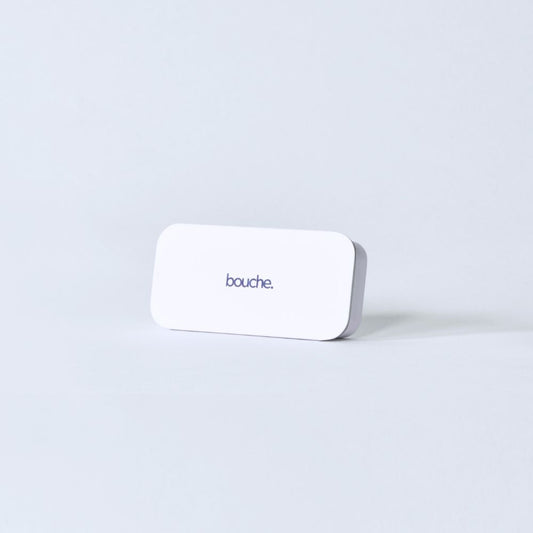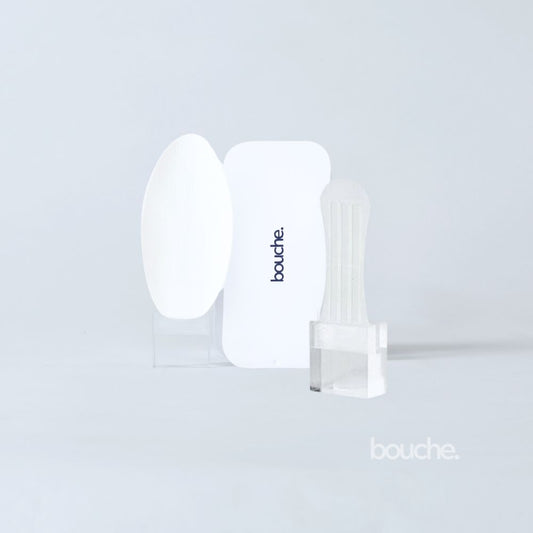Breathing is second nature, but how you breathe—through the nose or mouth—can dramatically affect your health, sleep, and even facial structure. The debate around mouth breathing vs nose breathing is more than a wellness fad; it’s rooted in science and clinical research. This article compares mouth breathers vs nose breathers, breaks down the benefits of nose breathing, and explains why tools like mouth tape and nasal strips are gaining popularity among those seeking better sleep and overall wellness.
What is Nose Breathing?
Nose breathing means inhaling and exhaling through the nostrils. The nose is built for this job: it warms, humidifies, and filters the air before it enters your lungs. This process not only protects you from allergens and germs but also optimizes oxygen intake and supports your body’s natural rhythms.
How Nose Breathing Works
- Air passes through nasal hairs and mucous membranes, trapping dust and pathogens.
- The nasal passages warm and humidify air, making it gentler on the lungs.
- The nose produces nitric oxide, a molecule that widens blood vessels and boosts oxygen delivery.
- Nasal breathing encourages slower, deeper breaths and activates the parasympathetic nervous system, your body’s “rest and digest” mode.
What is Mouth Breathing?
Mouth breathing is when you inhale and exhale through your mouth instead of your nose. While sometimes necessary during heavy exercise or congestion, chronic mouth breathing can lead to a range of health issues.
How Mouth Breathing Differs
- The mouth does not filter, humidify, or warm air.
- Air enters the lungs unfiltered, increasing exposure to irritants and germs.
- Mouth breathing often leads to shallow, rapid breaths and can trigger the body’s stress response.
- Over time, habitual mouth breathing can alter jaw and facial structure, especially in children.
Health Benefits of Nose Breathing
Scientific evidence strongly supports the benefits of nose breathing. Here’s why nose breathers are healthier:
1. Better Oxygen Uptake and Circulation
Nose breathing increases nitric oxide production, which widens blood vessels and improves oxygen delivery. This leads to better energy, athletic performance, and cardiovascular health.
2. Natural Immune Defense
The nose acts as a filter, trapping dust, pollen, and germs. It also releases antimicrobial chemicals, lowering your risk of respiratory infections and allergies.
3. Improved Sleep Quality
Nasal breathing during sleep keeps airways open, reduces snoring, and lowers the risk of sleep apnea. Nose breathers enjoy deeper, more restorative sleep and improved cognitive function.
4. Lower Blood Pressure and Heart Rate
Research shows nasal breathing lowers blood pressure and helps the body relax, reducing long-term risk of heart disease.
5. Supports Healthy Facial and Dental Development
In children, nose breathing promotes proper jaw and dental arch development. It helps prevent dental misalignment and facial changes associated with chronic mouth breathing.
6. Cognitive and Emotional Benefits
Nasal breathing improves memory, attention, and emotional balance by stimulating the olfactory nerve and regulating brain activity.
Health Risks of Mouth Breathing
Chronic mouth breathing is linked to several preventable health problems:
1. Lower Oxygen Efficiency
Mouth breathing bypasses the nasal nitric oxide pathway, reducing oxygen delivery to the body and causing fatigue and poor concentration.
2. Higher Risk of Infections and Allergies
Without the nose’s filtration, mouth breathers are more prone to colds, flu, and allergies. Dry mouth also increases the risk of gum disease and cavities.
3. Poor Sleep and Daytime Fatigue
Mouth breathing is a major cause of snoring and sleep apnea. Those who sleep with their mouths open often wake up tired, with dry mouth and headaches.
4. Changes in Facial Structure
Chronic mouth breathing in children can lead to long faces, narrow jaws, and dental misalignment. Adults may notice changes in jawline and muscle tone.
5. Cardiovascular Strain
Mouth breathing is linked to higher blood pressure and increased stress on the heart.
How to Transition to Nose Breathing
Switching to nose breathing can transform your health and sleep. Here’s how to make the shift:
Address Underlying Causes
- Treat nasal congestion, allergies, or sinus issues with appropriate therapies.
- Consult a healthcare provider if you suspect anatomical issues like a deviated septum.
Use Supportive Tools
- Mouth Tape: Medical-grade mouth tape gently keeps lips closed during sleep, training your body to breathe through your nose. Studies show mouth taping can reduce snoring, improve sleep, and support jawline definition.
- Nasal Strips: These strips open nasal passages, making nose breathing easier at night.
- CPAP Compatibility: For those with sleep apnea, mouth tape can improve CPAP therapy by reducing air leaks and supporting nasal breathing.
Practice Breathing Exercises
- Slow, controlled nasal breathing exercises can retrain your respiratory muscles.
- Techniques like diaphragmatic breathing and alternate nostril breathing are effective for all ages.
Monitor Progress
- Keep a sleep journal to track improvements in sleep, energy, and mood.
- Notice changes in facial muscle tone, jawline, and dental health over time.
Bouche: Science-Backed Tools for Better Breathing
Bouche is a premium wellness brand focused on science-backed, non-invasive tools that support better breathing and deeper sleep. Our flagship mouth tape is designed for comfort, safety, and sensitive skin, using hypoallergenic materials. Bouche products are CPAP-compatible, making them ideal for those with sleep apnea or chronic snoring. By supporting the natural benefits of nose breathing, Bouche helps you look, feel, and perform at your best.
Scientific Evidence: Mouth Taping, Facial Structure, and Sleep
Research supports using mouth tape and nasal strips to retrain breathing patterns. Clinical studies show mouth taping can reduce snoring, improve sleep, and even influence jawline and facial muscle tone over time. In children, mouth breathing is linked to altered facial growth, while nose breathing supports healthy development. For adults, consistent nasal breathing helps maintain a sculpted jawline and balanced facial posture.
A preliminary study on mouth taping in mouth breathers with mild sleep apnea found significant reductions in snoring and better sleep outcomes. While more research is ongoing, current evidence clearly favors nasal breathing for optimal health—and mouth taping is a safe, non-invasive tool to help achieve it.
Conclusion
Nose breathing offers clear advantages for oxygenation, immunity, sleep, heart health, and facial structure. Mouth breathing is linked to preventable health risks, but tools like mouth tape and nasal strips can make the transition to nasal breathing simple and effective. With science-backed solutions from Bouche, you can support your body’s natural processes, improve sleep, and even enhance your facial structure—one breath at a time.
Prioritizing nose breathing is a simple, natural step toward better health. With science-backed solutions like Bouche mouth tape and nasal strips, you can support your body’s natural processes, improve sleep, and even enhance your facial structure—one breath at a time.
FAQs
Do mouth breathers live longer?
Current research suggests chronic mouth breathing may reduce lifespan due to higher risks of heart disease, sleep disorders, and oral health issues.
Can you train yourself to breathe through your nose?
Yes, with consistent practice and tools like mouth tape or nasal strips, most people can retrain themselves to breathe through their nose, even during sleep.
Are mouth breathers less healthy?
Mouth breathers often face more health issues, including poor sleep, increased risk of infections, and dental problems, compared to nose breathers.
How to force stop mouth breathing?
- Use mouth tape or nasal strips at night.
- Address nasal congestion with sprays or humidifiers.
- Practice nasal breathing exercises daily.
What are the signs that you’re a mouth breather?
- Waking up with dry mouth or sore throat.
- Frequent snoring or sleep disturbances.
- Chronic bad breath and dental issues.






